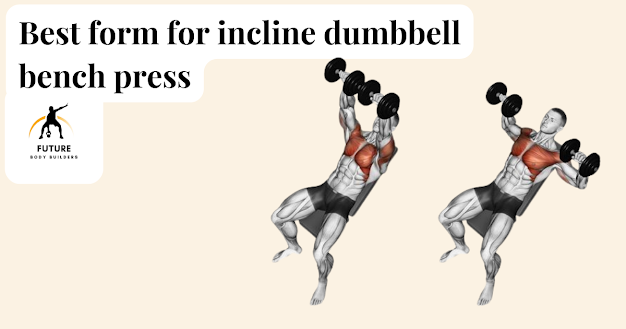How to Properly Do Zercher Squats [Easy Tips]
Zercher squats are a variation of the traditional barbell squat, named after Ed Zercher. Instead of resting the barbell on your upper back, you hold it in the crook of your elbows, which places a unique stress on your muscles and allows for a more upright torso position. This exercise is beneficial to build strength and muscle mass.
Which Muscles Are Used in a Zercher Squat?
Zercher squats, like any other squat variation, are effective in targeting your lower body muscles. This includes the quads, glutes, and hamstrings. However, what sets the Zercher squat apart is the increased engagement of your core and midback muscles due to the unique positioning of the load.
By holding the barbell in the crook of your elbows, the weight is placed closer to your abs and midline, which challenges your stability and requires you to brace your abdominal muscles effectively. In addition, this exercise demands output from your mid-back muscles, such as the rhomboids, upper spinal extensors, and rotator cuff muscles.
It's worth noting that the Zercher squat is not a biceps exercise, despite the fact that the load is held in the elbows and the biceps are contracted. This is because the biceps are not moving through any range of motion or placed in a challenging lever. If you're looking to work your biceps, traditional biceps curls are a better option.
The Benefits of the Zercher Squat
Zercher squats offer numerous benefits that make them valuable to your workout routine. Here are some of the benefits of this exercise:
Improved Core Strength: As mentioned earlier, Zercher squats require significant engagement from your core muscles to maintain stability and proper form. Incorporating this exercise into your routine will strengthen your abs, obliques, and lower back muscles.
Enhanced Posture: Zercher squats promote a more upright torso position compared to traditional barbell squats. This can help improve your posture and reduce the risk of lower back pain.
Muscle Mass and Strength: Zercher squats are a compound exercise that targets multiple muscle groups. By consistently performing this exercise with progressive overload, you can build muscle mass and strength.
Versatility and Variety: Incorporating Zercher squats into your workout routine can add variety and challenge to your lower body training. In addition, this exercise can be modified to suit your fitness goals.
How to Do the Zercher Squat
1. The Setup
Position a barbell in a squat rack, approximately 2-3 inches above your navel. Slightly bend your knees, and place the barbell in the crooks of your elbows, pressing your abs against it. To increase comfort, you can use a bar pad or towel.
There are several ways to position your hands, but the following three options are the most popular:
Option 1: Make a fist with your non-dominant hand and place it in front of your chest. Grasp the back of your fist with your dominant hand and bring both hands close to your chest.
Option 2: Make fists with both hands and bring them together until your pinkies touch in front of your chest. Then, bring both hands close to your chest.
Option 3: Make fists with both hands and keep them shoulder-width apart. Then, bring your hands close to your shoulders.
With your hands set, engage your lats, pull your shoulder blades together and down, and straighten your legs to lift the bar out of the rack. Take one or two steps backward, positioning your feet just outside of shoulder-width, with your toes slightly pointed outward.
2. The Descent
Take a deep breath into your belly and sit straight down, keeping your back straight and the bar in contact with your torso. Allow your elbows to pass inside your knees as you descend, and stop when the bar makes light contact with your knees.
Avoid letting your hands move away from your body, which can cause the bar to roll away and result in poor form. Instead, imagine touching the wall behind you with your elbows and palms to keep them in place. In addition, prevent your knees from caving in by thinking about pushing the floor apart as you descend.
3. The Squat
Maintain a straight back, keep the bar in contact with your torso, and keep your hands close to your shoulders or chest as you stand up and return to the starting position.
Avoid relaxing any part of your body during the ascent, and keep your upper back, shoulders, and hands engaged. To prevent your upper back from tilting forward, think about "pushing off your heels" to keep the bar centered over your midfoot throughout the squat.
Conclusion
The Zercher squat is a valuable variation to add to your workout routine to improve core engagement, reduce lower back stress, and increase quad activation. By focusing on proper form, you can improve your overall strength and stability. During your workout, remember to set up properly, descend slowly, control the movement, and squat up with power.
Facebook: Future Body Builders
Twitter: @FBody_Builders
TikTok: @futurebody_builders





Comments
Post a Comment